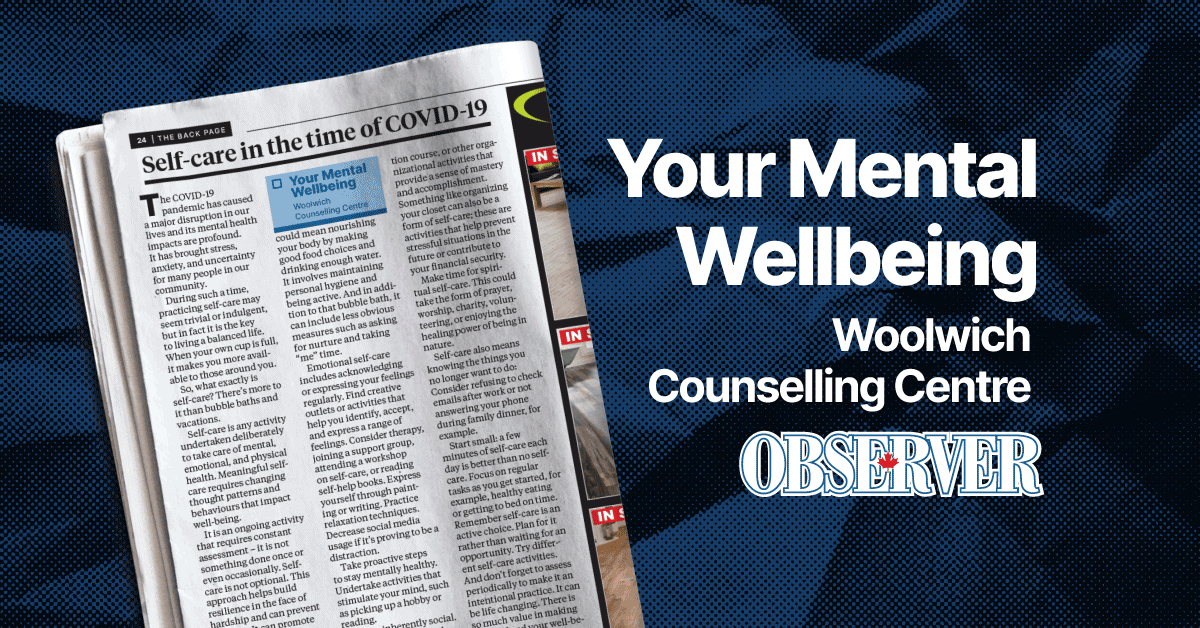;
;
;
Next Article
Garner, James Durwood

June is Pride Month. It commemorates the Stonewall uprising, which occurred in June 1969 in the United States, and marked a historic turning point for gay rights. Pride Month recognizes and celebrates the LGBTTQQ2SA+ community. This acronym represents a variety of sexual and gender identities includ
Last updated on May 03, 23
Posted on Jun 23, 22
2 min read
